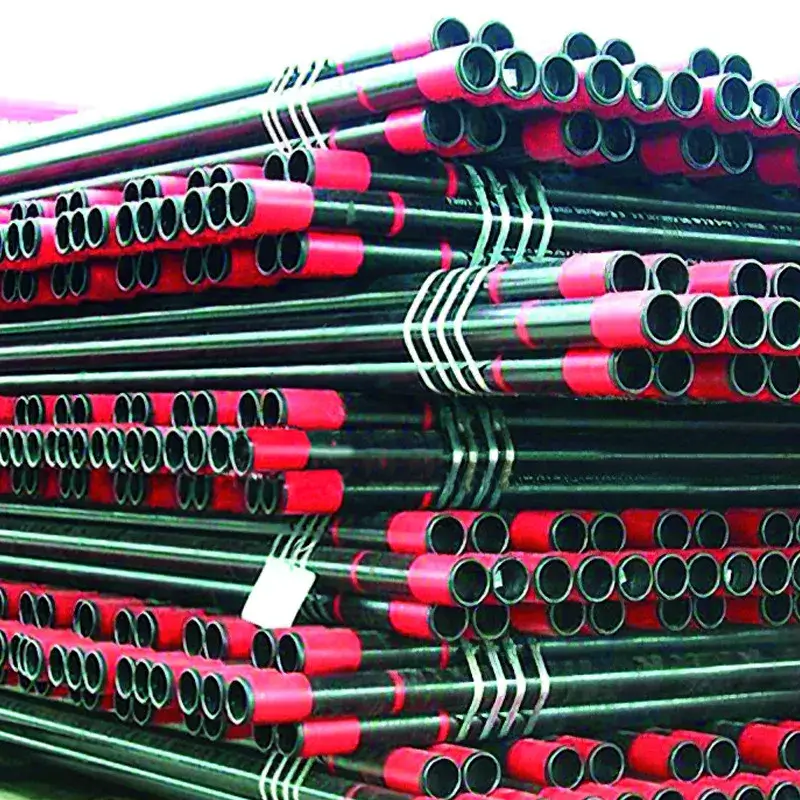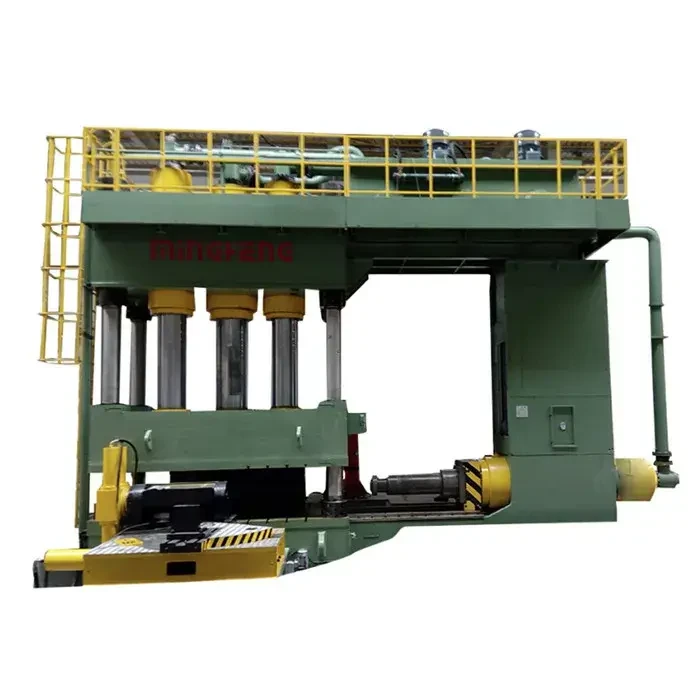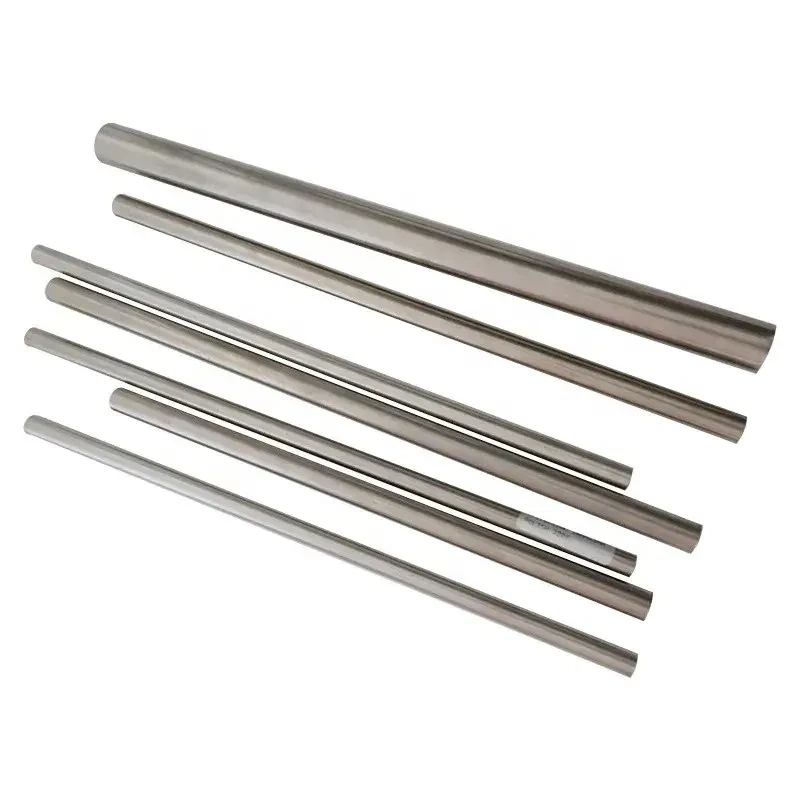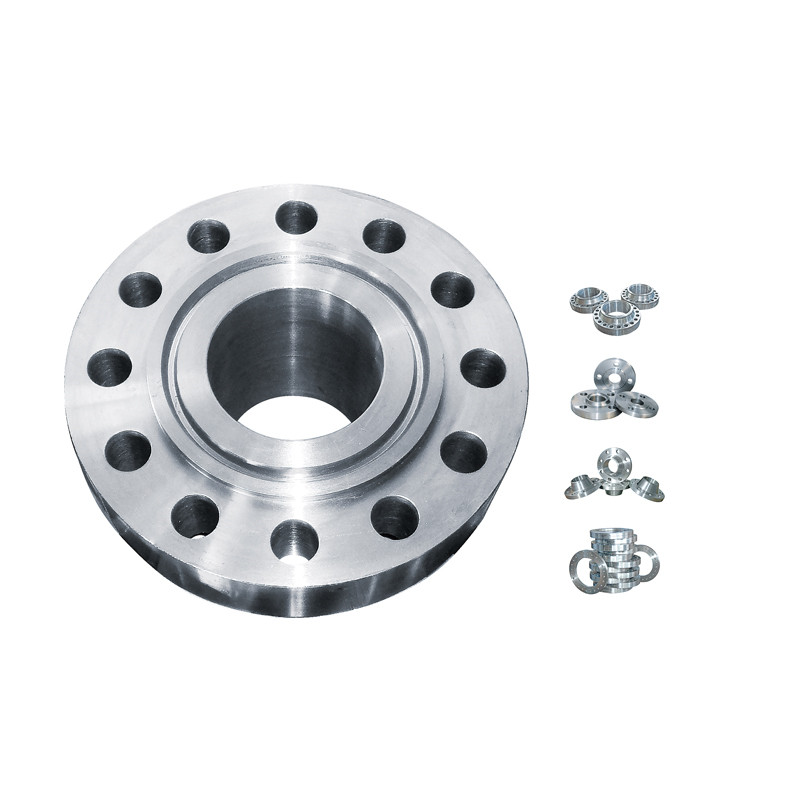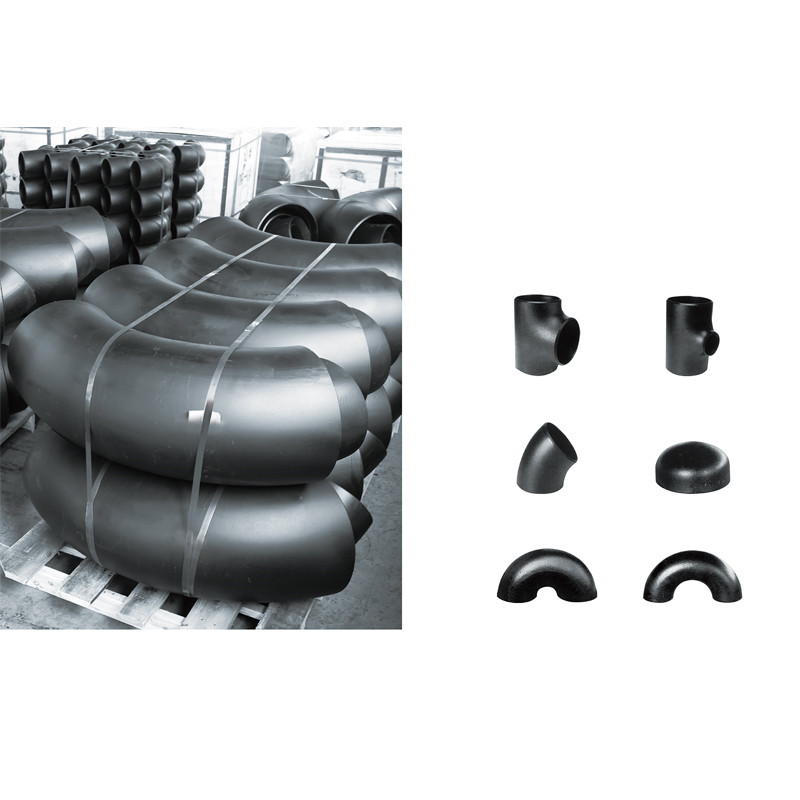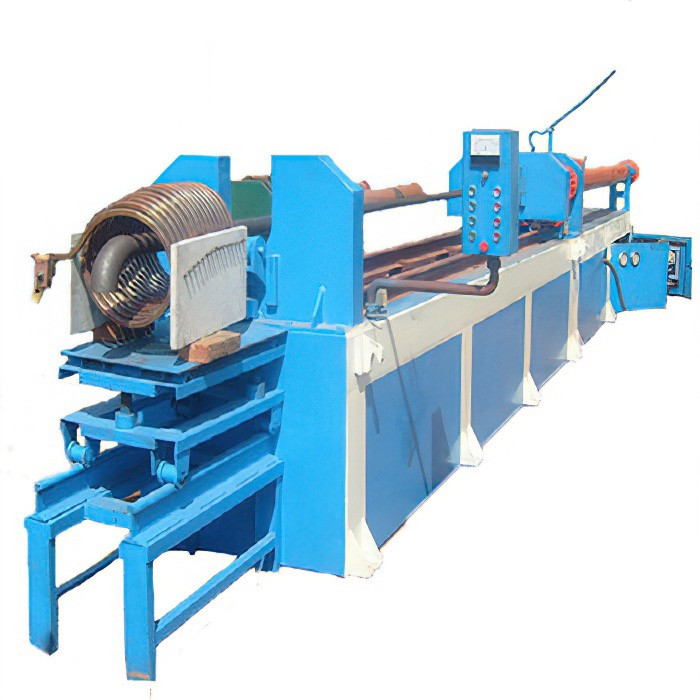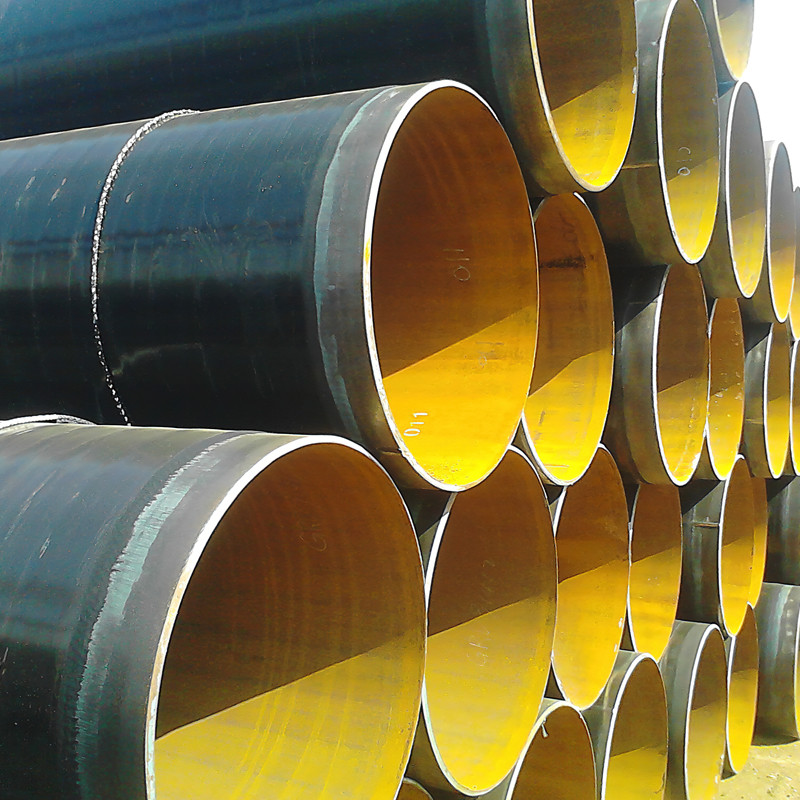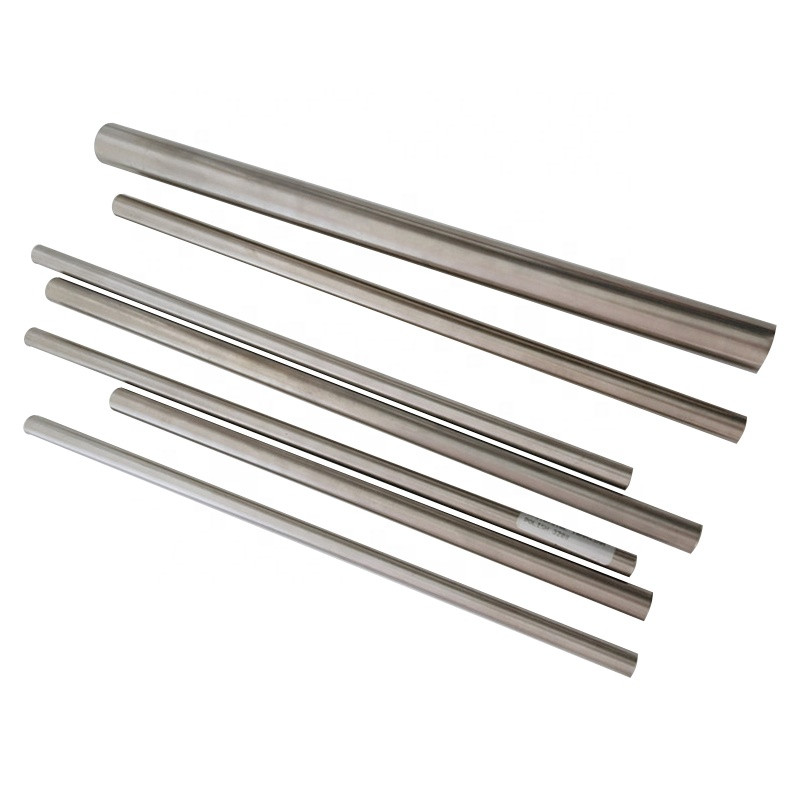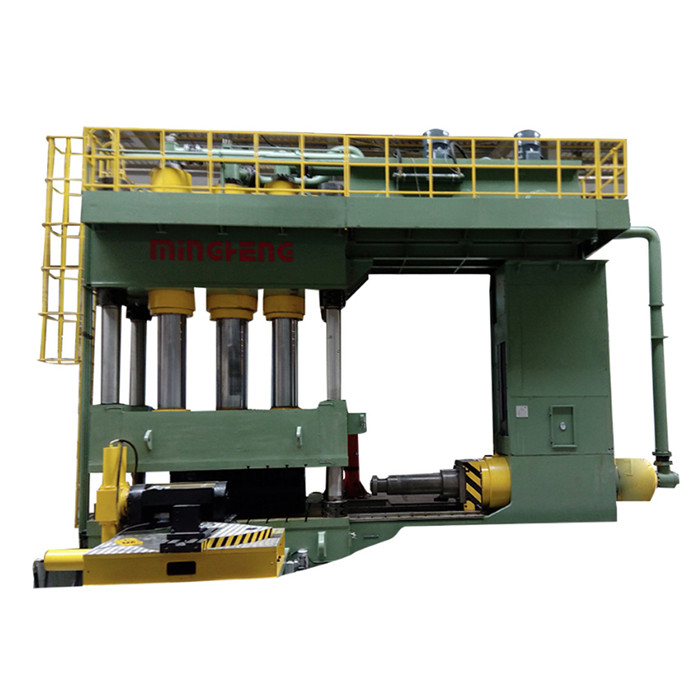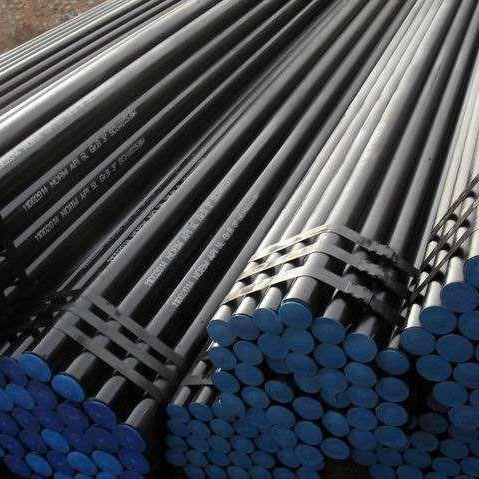Why Low Temperature Steel Pipe still wins in extreme cold
Out in the field, the cold is not just a number on a weather app—it’s the difference between a pipeline that behaves and one that cracks when you need it most. Over the past decade I’ve walked LNG sites, refineries by the coast, and a couple of bleak winter gas hubs in Inner Mongolia. Every time the conversation lands on one item: Low Temperature Steel Pipe—specifically the Gr.6 and Gr.3 families under ASTM A333/A334. The stuff that doesn’t flinch when the mercury dives.
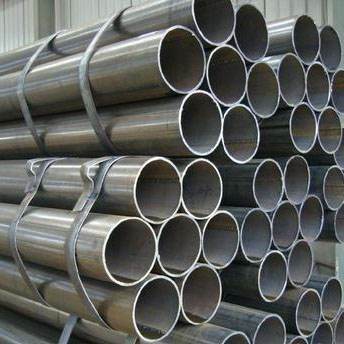
What’s trending (and why it matters)
Three things: LNG buildouts, hydrogen pilots, and stricter QA audits. Demand is shifting toward fully traceable heat lots, tougher impact test records at −45°C, and faster mill-to-site turnaround. Some mills promise 30 days; savvy buyers push for 20–25 days by mixing stock and rolling.
Product snapshot
Gr.6 Gr.3 A333 A334 Low Temperature Carbon Steel Pipe from Beijing (Rm 1103, Shangpintaihu Bld 3#, Tongzhou District) typically ships against ASTM and GB standards: ASTM A333/A333M, ASTM A334/A334M, GB/T6479-2013, GB/T150.2-2011, GB/T18984-2016. Materials include A333/334 Gr.1/3/6, Q345B/C/D/E, 09MnD, 09MnNiD, 16MnDG.
| Parameter | Spec (≈ / typical) |
|---|---|
| Grades | A333 Gr.3 / Gr.6, A334 variants, 09MnNiD, 16MnDG |
| OD range | 1/2"–24" (DN15–600) ≈; larger by request |
| Wall | SCH 20–XXS; custom WT on inquiry |
| Impact toughness | CVN at −45°C ≥ 20 ft·lbf (27 J) per ASTM; typical lots 35–60 J (real-world may vary) |
| Testing | Hydrostatic, UT/ET NDT, Charpy V-notch, dimensional, visual |
| Certs | EN 10204 3.1 MTR; mill ISO 9001; PED on select lines |
| Service life | Around 20–30 years with proper corrosion control and design per ASME B31.3/31.1 |
How it’s made and verified
Material melts are controlled for low P/S and microalloy balance. Pipes are seamlessly hot-rolled, normalized or normalized-and-tempered (varies by grade), straightened, and cut. Then the serious part: Charpy sets pulled from each heat and lot, hydro test to spec, and NDT. Honestly, the real differentiator is documentation—full heat traceability and consistent CVN scatter charts win audits.
Where Low Temperature Steel Pipe earns its keep
- LNG import terminals and peak-shaving plants
- Refinery dew point lines and cold flare headers
- CO2 capture and transport (dry or inhibited service)
- Ammonia and methanol units, refrigerated storage tie-ins
- Hydrogen pilots (to be honest, metallurgy and embrittlement reviews are case-by-case)
Advantages I keep seeing
Predictable impact performance, good weldability (especially Gr.6), and broad code acceptance. Many customers say Gr.6 hits the sweet spot between toughness and price.
Vendor comparison (field-notes level)
| Vendor | Grade coverage | Impact @ −45°C | Docs | Lead time |
|---|---|---|---|---|
| World Steel Material (Beijing) | A333/334 Gr.3/6 + GB low-temp grades | Lotwise CVN charts; typical 35–60 J | EN 10204 3.1, ISO 9001 | ≈ 20–35 days (mix stock/roll) |
| Global Mill A | A333 Gr.6 primary | Meets minimum; limited charts | 3.1; PED optional | ≈ 30–45 days |
| Regional Stockist B | Selective sizes Gr.6 | Stock MTR only | 3.1 copies | Immediate on-hand |
Customization and QA
Custom OD/WT, beveled ends, pickling/oiling, and low-temp painting are common. Welding procedure support (WPS/PQR) is a nice extra. I guess the best shops also offer PMI on critical spools and third-party witness (BV, SGS) on request.
Mini case: LNG peak-shaving loop
A North China LNG station swapped mixed-grade lines for Low Temperature Steel Pipe A333 Gr.6 in 8"–16". Post-commissioning data showed zero brittle fractures over two winters; average CVN on installed lots was 42 J at −45°C, verified by a third-party lab. Operations called it “boringly reliable,” which, frankly, is the dream.
Customer feedback
“Docs were clean, impact results consistent. Welders liked how it handled preheat—no surprises.” — Site QA lead, gas utility
Standards you’ll see on the datasheet
ASTM A333/A334 for base pipe, ASME B31.3/B31.1 for design, EN 10204 for MTRs, and ISO 9001 for quality systems. Check hydro test notes and impact locations for compliance.
References
- ASTM A333/A333M — Seamless and Welded Steel Pipe for Low-Temperature Service.
- ASTM A334/A334M — Seamless and Welded Carbon and Alloy-Steel Tubes for Low-Temperature Service.
- ASME B31.3 — Process Piping; ASME B31.1 — Power Piping.
- EN 10204:2004 — Metallic products, Types of inspection documents.
- ISO 9001 — Quality management systems, Requirements.
Post time: Oct . 27, 2025 16:30



